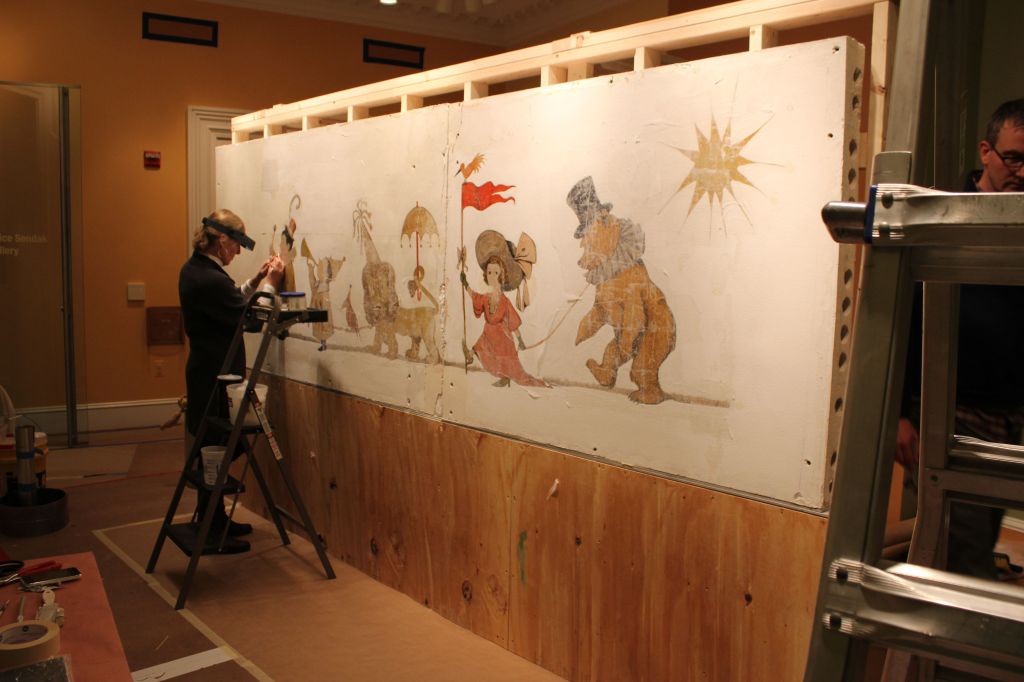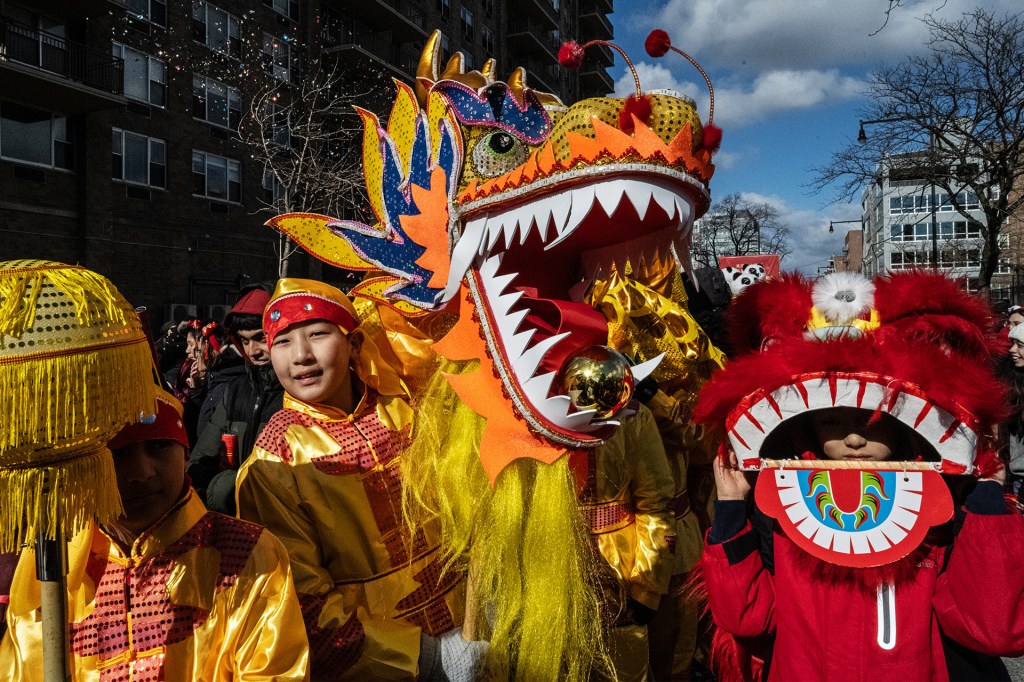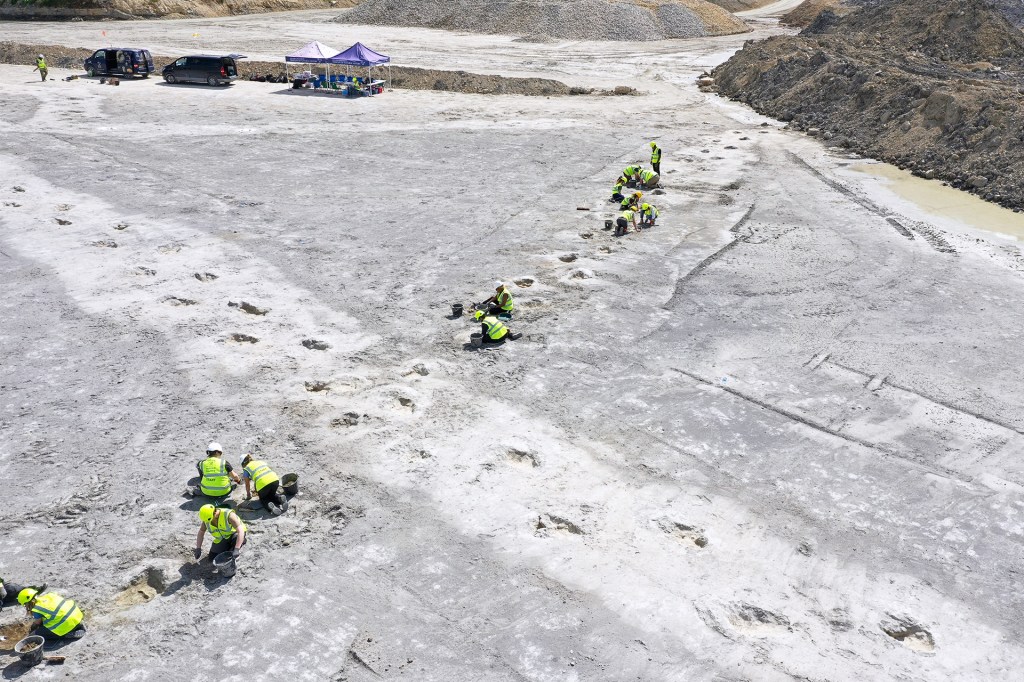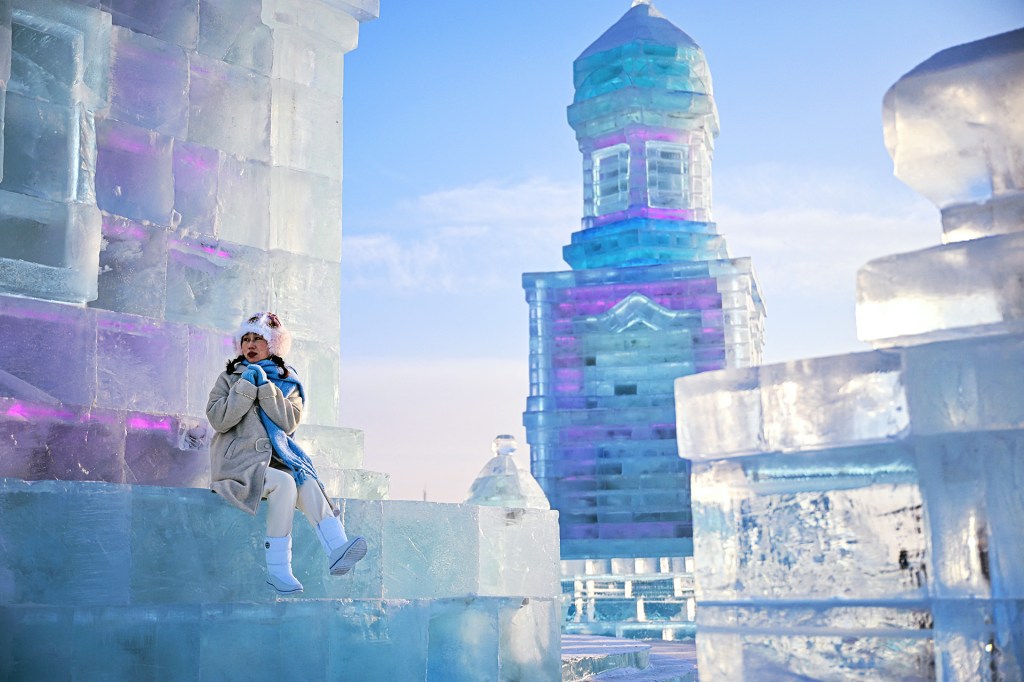Turning Green
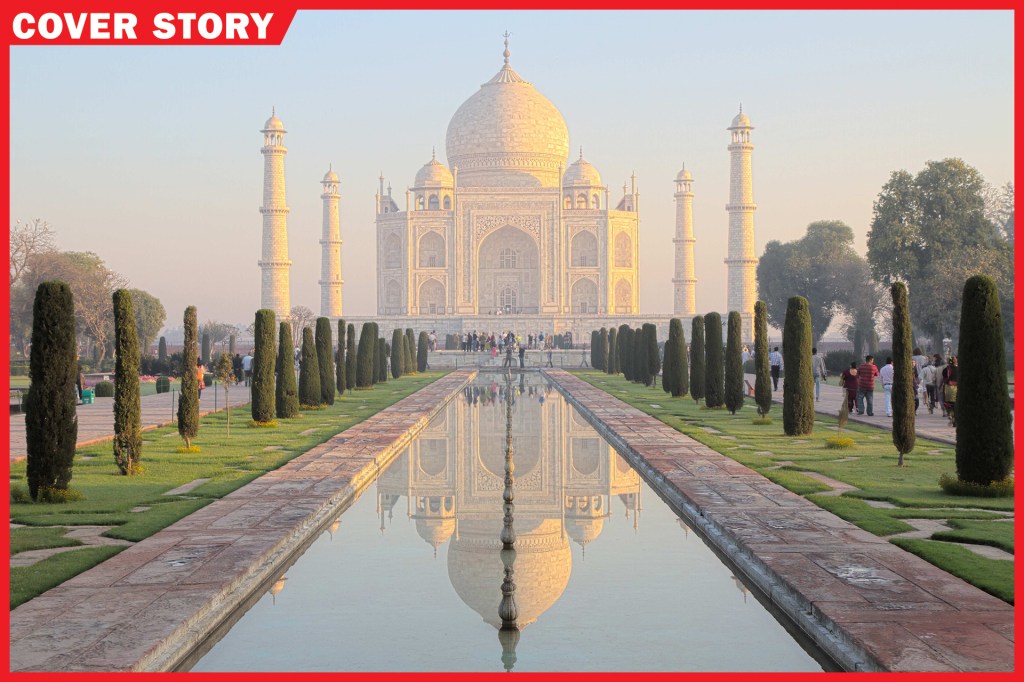
The Taj Mahal, in Agra, India, is one of the most brilliant structures on Earth. But pollution is turning the white marble monument shades of green, yellow, and brown. “It’s very serious,” Supreme Court justices in India told the Times of India. “It has to be saved.”
A Pollution Problem
The Taj Mahal stands on the polluted Yamuna River. Insects are attracted to the dirty water. They leave greenish droppings on the building. Air pollution is also a big threat. According to the World Health Organization, India’s air quality is among the worst in the world. Factories and cars spew pollution into the air. It sticks to the Taj Mahal’s surface.
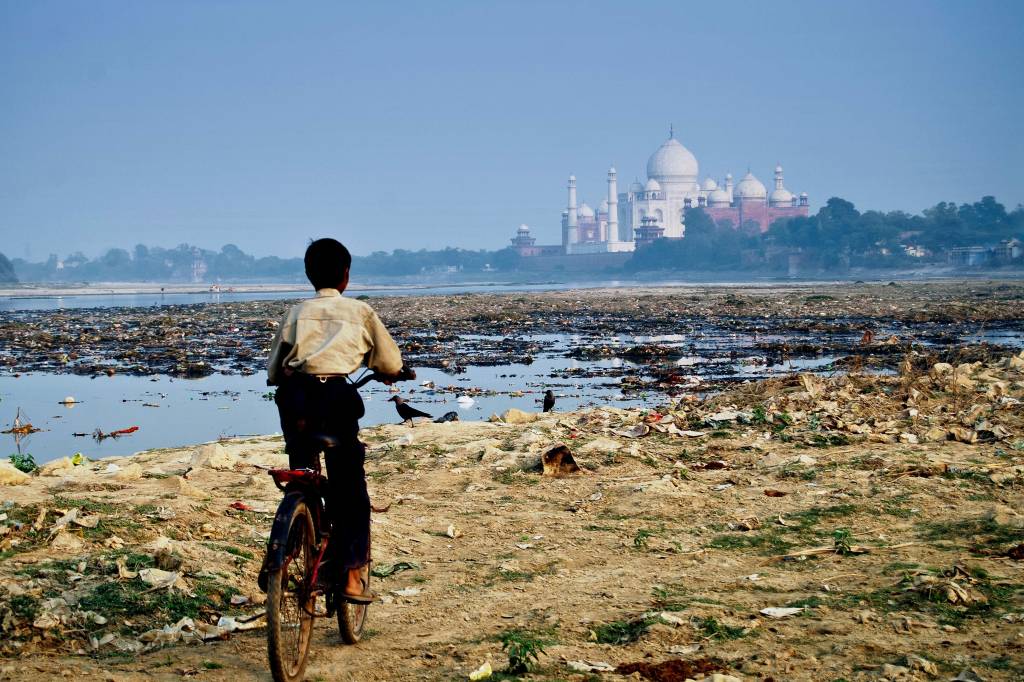
MUCKY WATERS The Taj Mahal stands on the heavily polluted Yamuna River, in Agra, India.
SUBIR BASAK—GETTY IMAGESIn the 1990s, India’s Supreme Court ordered hundreds of factories near the monument to close. Also, car and bus traffic was restricted. From time to time, workers clean the Taj Mahal. But doing so is difficult, expensive, and time-consuming. And it doesn’t prevent the discoloration
discoloration
 REPUBLICA/GETTY IMAGES
the act of changing color for the worse; staining
(noun)
Drinking a lot of coffee can cause discoloration of teeth.
.
REPUBLICA/GETTY IMAGES
the act of changing color for the worse; staining
(noun)
Drinking a lot of coffee can cause discoloration of teeth.
.
“The symbol of India is getting dirty, and nobody is doing anything about it,” Mike Bergin told TIME for Kids. He worked on a 2014 study of pollution at the Taj Mahal.
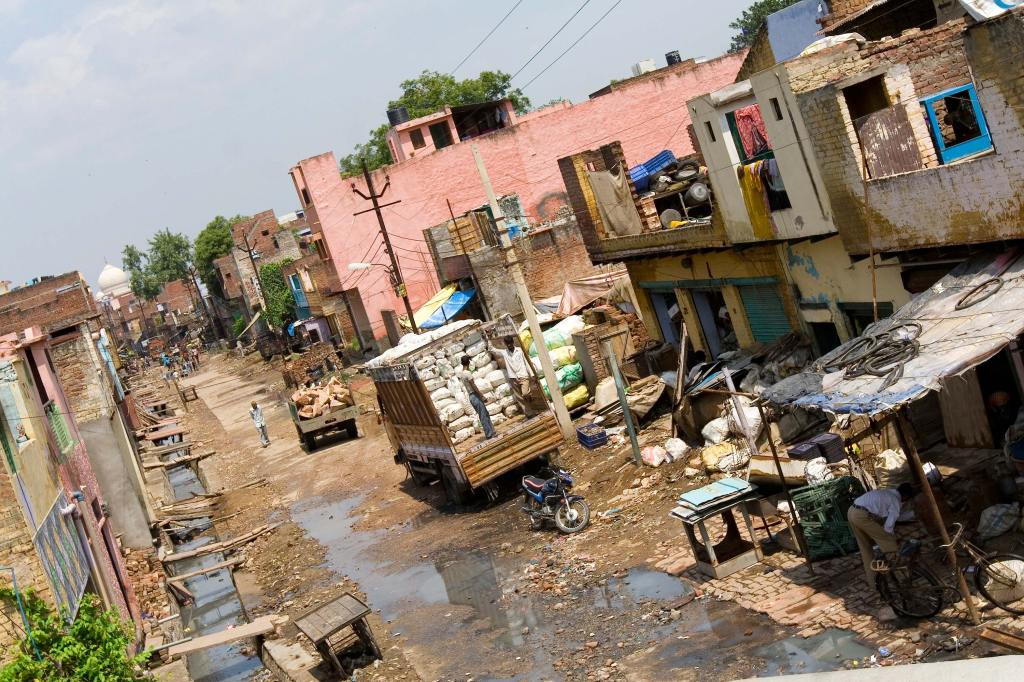
GRIME TIME Factories and vehicles in Agra, India, spew pollution into the air.
CREATIVEMARC/GETTY IMAGESPlan of Action
The Taj Mahal is nearly 400 years old. Emperor Shah Jahan had it built in memory of one of his wives. It took about 20 years to build the mausoleum
mausoleum
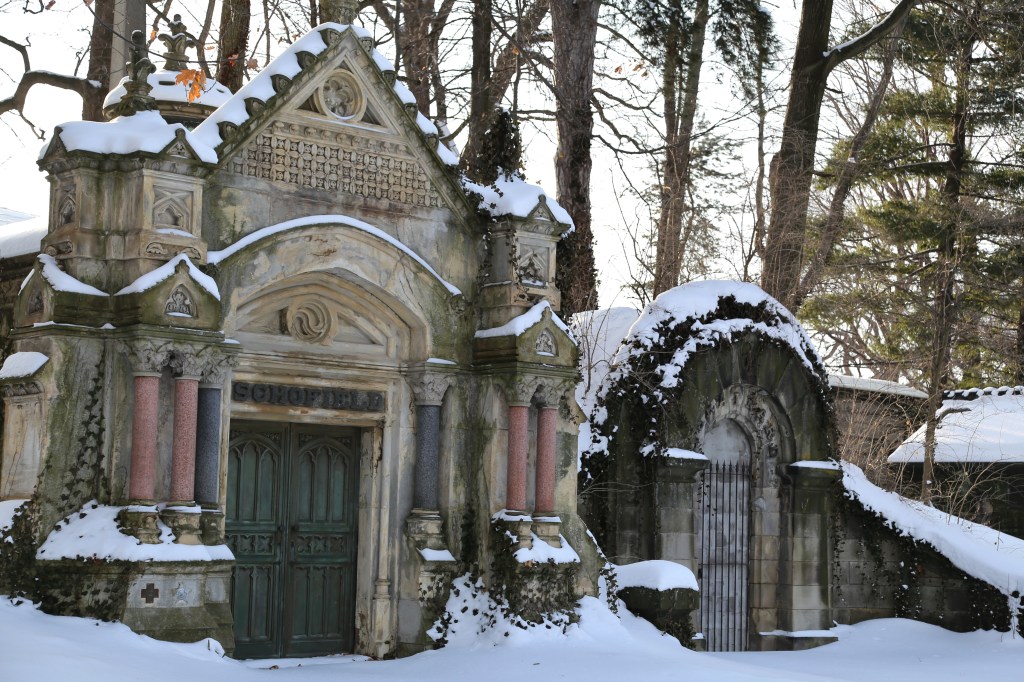 DOUGLAS SACHA/GETTY IMAGES
a tomb above ground
(noun)
The family mausoleum sits at the center of the cemetery.
. Some 20,000 workers and 1,000 elephants helped get the job done. Today, the Taj Mahal is not just a symbol of cultural history. It’s also India’s most famous tourist attraction. About 8 million people visit each year. They bring business to Uttar Pradesh. That’s the Indian state where the Taj Mahal is located (see “Where on Earth?”).
DOUGLAS SACHA/GETTY IMAGES
a tomb above ground
(noun)
The family mausoleum sits at the center of the cemetery.
. Some 20,000 workers and 1,000 elephants helped get the job done. Today, the Taj Mahal is not just a symbol of cultural history. It’s also India’s most famous tourist attraction. About 8 million people visit each year. They bring business to Uttar Pradesh. That’s the Indian state where the Taj Mahal is located (see “Where on Earth?”).
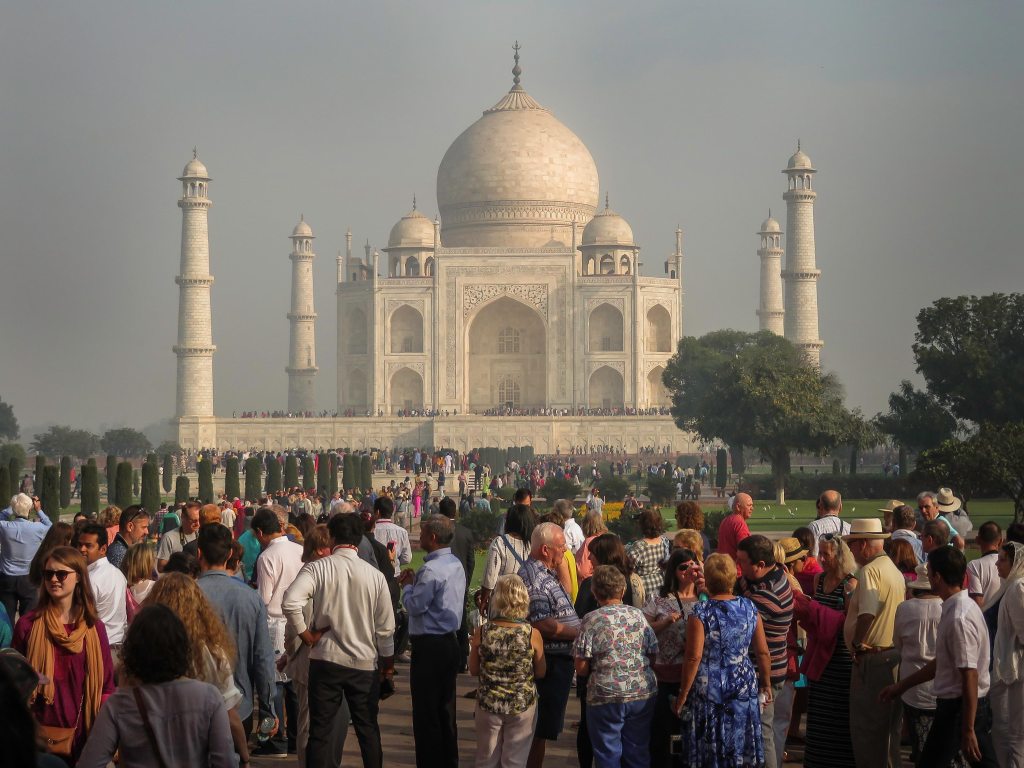
SIGHTSEEING India’s famous tourist attraction draws up to 70,000 visitors a day.
WAYNE FOSTER—GETTY IMAGESOn July 11, India’s Supreme Court gave Uttar Pradesh an ultimatum
ultimatum
 ELVA ETIENNE/GETTY IMAGES
a final demand
(noun)
My mom issued an ultimatum: I could either clean my room or be grounded for a week.
: “Either you demolish [the Taj Mahal] or you restore it,” they said. Authorities in Uttar Pradesh submitted a draft of an action plan on July 24. It suggests banning plastics and construction from the area. It also calls for the closing of more factories. A final plan was due on November 15.
ELVA ETIENNE/GETTY IMAGES
a final demand
(noun)
My mom issued an ultimatum: I could either clean my room or be grounded for a week.
: “Either you demolish [the Taj Mahal] or you restore it,” they said. Authorities in Uttar Pradesh submitted a draft of an action plan on July 24. It suggests banning plastics and construction from the area. It also calls for the closing of more factories. A final plan was due on November 15.
In order to preserve the Taj Mahal, many people will need to come together and work toward a solution. “There needs to be positive pressure on people to act—we need to act on this,” Sachchida Nand Tripathi says. He worked on the 2014 study with Mike Bergin. “We are trying,” he adds, “but we need to try more.”
Where on Earth?
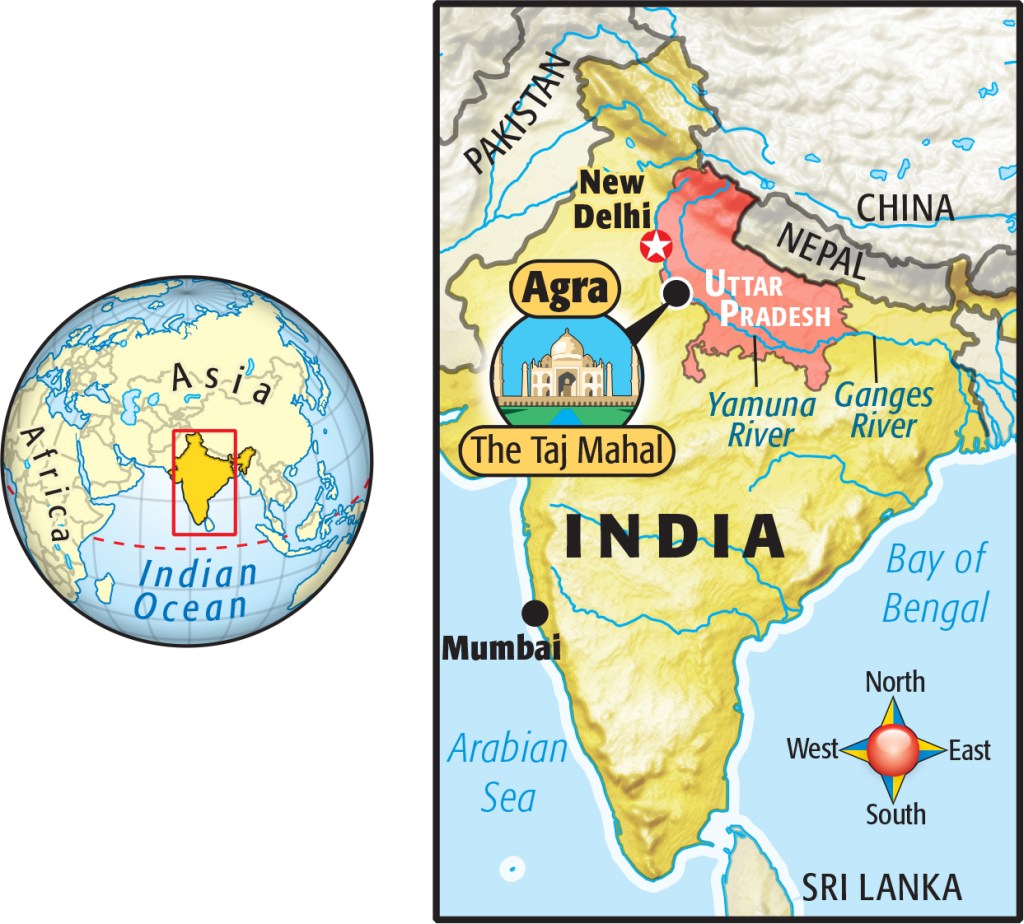
The Taj Mahal is located in the city of Agra, which is in Uttar Pradesh. That’s the most populous and fourth-largest of India’s 29 states and seven union territories. Each state has its own local government and leaders.
Stop & Think! What text features are included as part of this article? How do they support the readers’ understanding? If you were the writer, what other text features would you add?
Assessment: Click here for a printable quiz. Teacher subscribers can find the answer key in this week's Teacher's Guide.





